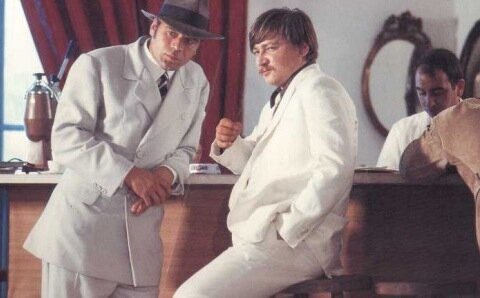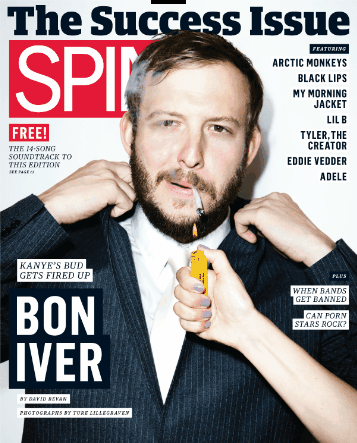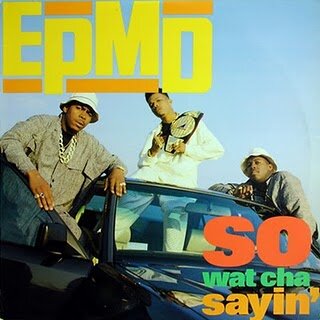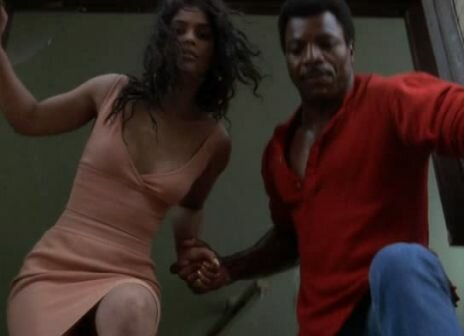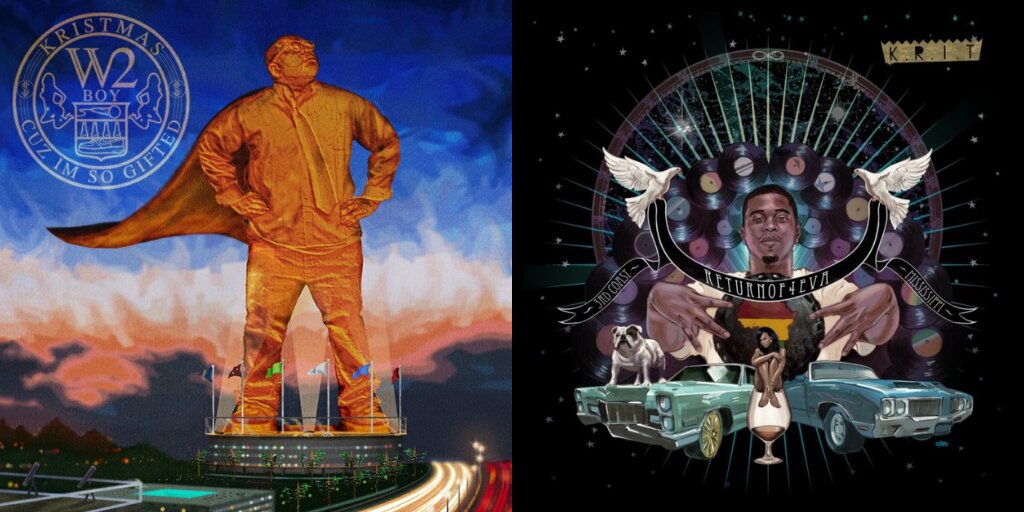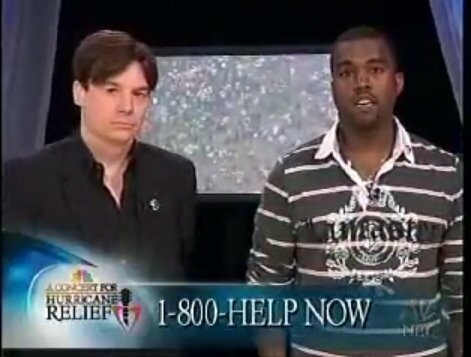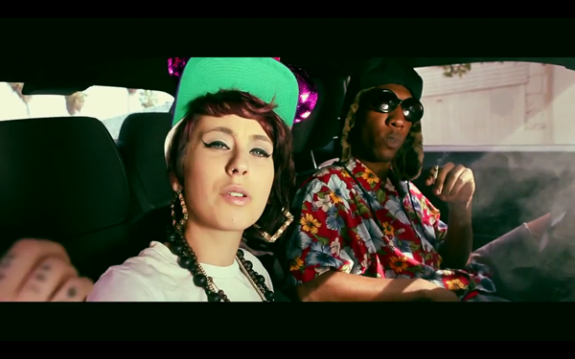
Kreayshawn, V-Nasty, and company are mostly supported by people who, unlike Willy Staley here, aren’t willing to roll around in the mud with White Girl Mob’s inextricable racial and cultural problems. And that’s because rap’s completely mainstream and even Internet scenes break through to a significant audience, and so, white rap fans who’d rather not wrestle with outsider status get something out of all this authenticity stuff being ripped apart for good.
Context’s being ignored and context always matters. That means Kreayshawn goes from mildly entertaining and interesting when she’s this weirdo on the Internet chopping-and-screwing Spice Girls songs and releasing goofy rap, to problematic when she’s being pimped as Ke$ha with street cred by a record label. As it should be. The same way that say, a white girl like V-Nasty can maybe say “nigga” in front of the people she hangs out with, but wouldn’t and shouldn’t be able to when that girl is put into a larger spotlight. Even World Star Hip-Hop. Her context changes. The–in her eyes at least–innocuous use of “nigga” carries more weight now.
This is the gangsta rap debate of the early 90s, the Nine Inch Nails/Marilyn Manson argument of the mid-90s, and the crack rap conundrum of the mid-2000s all over again: What do we do with arguably loathsome popular music? There is one huge difference though. There’s no end to Kreayshawn and her White Girl Mob’s means. There’s no reason, other than turning it into profit, for a large chunk of society to accept or like, even have to deal with this stuff. And if it’s worthy because it’s you know fun, well it’s fun at the expensive of other people.
Notice how even your average street rapper provides some context for their persona (see: hip-hop trope, “I’m from a place where…”). It seems as though the same’s not demanded of artists outside of rap’s expected racial and cultural circles. The best “outsider” (mind the quotes) rappers of course, do this well because they want to, not because it was demanded of them. Das Racist strike a balance between pondering racial concerns and just saying “fuck it,” and rapping. Yelawolf’s genius is that he’s from a place with some level of “street cred,” but he doesn’t use that as an excuse, and instead he investigates his milieu in a sensitive, serious, fun way. Hell, I think even Uffie made it abundantly clear of her privilege and commented upon it.
What’s happening is this kind of nutty inside-out approach to authenticity, wherein, White Girl Mob because they’re from Oakland, are assumed to be hood and therefore, more worthy of saying “nigga” than white girls from let’s just say, Beverly Hills. As a construct, that doesn’t work because we accept that all black people can say “nigga” without informing you of where they’re from beforehand. To repeat something I said about witch-house group Salem (who practice their own kind of lower middle class black appropriation): It’s never been about authenticity.
V-Nasty is only slightly more problematic than say, Tyler, the Creator because well, he’s just another fairly well-off kid (he grew up in “black Beverly Hills”) manipulating lunkheaded racial assumptions and subtly invoking authenticity to say some really loathsome things. The worst aspect of Tyler is his referencing of “white America” which, in the rhetorical sense that he intends, would most certainly include Tyler himself, a skateboarding, child of a single mother, who grew up in a pretty nice area and had friends whose parents let them record in the backyard, who was attending community college and had the luxury to drop out and fart around at grandma’s without finding a job or anything.
The use and abuse of privilege is the actual problem here. And that is also why for me, the most loathsome rap lyric of last year was Drake, a black, Jewish child star from Toronto telling listeners, “niggas with no money act like money isn’t everything.” Just because gauging authenticity is always a dicey proposition, that doesn’t justify Kreayshawn’s hipster opportunism, V-Nasty’s “nigga” raps, or really, anybody doing and saying whatever they hell they want.
